


Three years after a successful website redesign with mStoner, UNCSA was eager to partner with mStoner again to refresh its homepage. This time, the joint team conducted a design sprint — an inclusive process for rapid design and validation that generates effective solutions to big business challenges.
UNCSA Vice Chancellor for Strategic Communications Claire Machamer believes in the best practice of iterating a website over time to make improvements. The site, launched in 2016, made great progress on their conversion goals — recruitment inquiries, ticket sales, donations — and Claire wanted to see what else could be done to keep the good results coming.
“We knew the site we built with mStoner was so solid the first time around that we didn’t need a redesign. But we were undergoing a marketing refresh and we also wanted more options for dynamic storytelling on the homepage. We were seeing some new trends in mobile design too that we wanted to add.”
Machamer was excited to learn that mStoner was implementing a new, agile approach to wireframes and using a design sprint process. “My past experience with digital product development and rapid prototyping in publishing informed the user-first approach I wanted to take with this refresh,” she said. “When I found out that mStoner was using the design sprint process, I thought it would be a great way to involve my entire team in the process and expose them to this type of ideation.”
With three years of site analytics to draw from, Claire’s team knew what content and ideas worked. They wanted more insight into the why’s, though, and wanted to test some new ideas. The design sprint process provided an efficient, highly creative way to accomplish this.
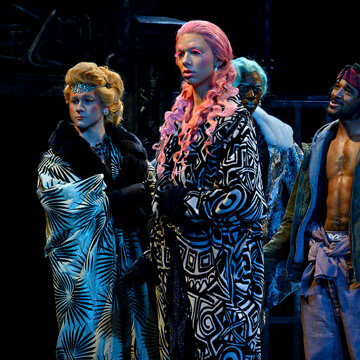

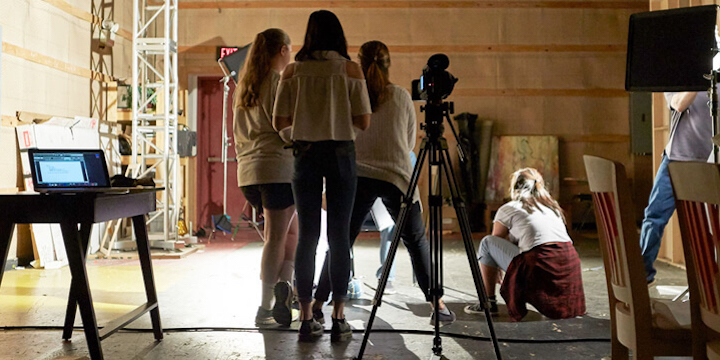

Born at Google, a design sprint is traditionally a five-day process to rapidly design, prototype and test ideas that address major business challenges. Ben Bilow, creative director as mStoner, has adapted the process into a two-day event that is specific to higher education business needs. In this model, mStoner convenes a group of stakeholders (often staff from communications, admissions, advancement, and IT) and facilitates lightning talks about pain points, solution brainstorming, journey mapping for different users, and Crazy 8’s — a sketching activity where all participants draw their ideas on paper and then vote on the best ideas.
Bilow describes the process as very iterative. “We’re all jotting down lists and making lots of sketches, then voting on the sketches. The fun part is that you don’t have to vote for your own idea and you can also sketch someone else’s idea. The effective and productive part is that the ideas get mixed up and evolve to create a story for the page that already has stakeholder support.”
mStoner Director of Content Strategy and Services Shannon Lanus adds that the design sprint is an excellent tool to “get to a solution in partnership with a client very quickly and efficiently.”
Lanus says the sprint process could be helpful in many other higher ed contexts. “It doesn’t have to be about wireframing a homepage. Sprints are great for getting all stakeholders in the same place and sketching as many solutions as possible. They could be used for refining an admissions process or an advancement website. The process is especially well-suited to projects that have a lot of sensitive considerations.”
The UNCSA refresh included a content development workshop, the homepage update, navigation refinements, a program finder module, and a new interface for ticket sales. The latter solved a large pain point for UNCSA: making performances listings easier to find and browse. “Now, visitors don’t have to leave the homepage, they can immediately see the performance schedule,” Bilow said. “That solution definitely came out of the sprint. It was a sketch and we took it all the way to the end.”
Some of the new content types that evolved from the design sprint also enhanced a set of marketing landing pages that mStoner later created for UNCSA’s digital campaign. “We created beautiful marketing landing pages,” said Machamer. “Now, every link from a digital ad goes to a focus page that presents a top-level differentiator for each of our schools. The request for information form is at the forefront of the design and the pages are focused on lead generation.”
— Claire Machamer, Vice Chancellor of Strategic Communications, UNCSA
Machamer also reported that including stakeholders from other departments in the design sprint created more appreciation of and excitement for the website. “Allowing the admissions team, for example, to translate their own ideas into sketches made them feel like they contributed some creativity of their own and played a valuable part in the result. It was an amazing experience to be able to spend two days with all of our staff and get everyone talking about the best user experience design for our audiences.”
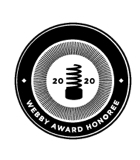
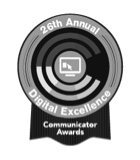
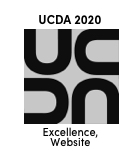
Content workshop; design sprint facilitation; homepage content strategy; digital campaign landing page design; revised information architecture; visual design templates; art direction; program wizard creation; thematic CSS development; programming and design implementation; quality assurance testing.
Next case study